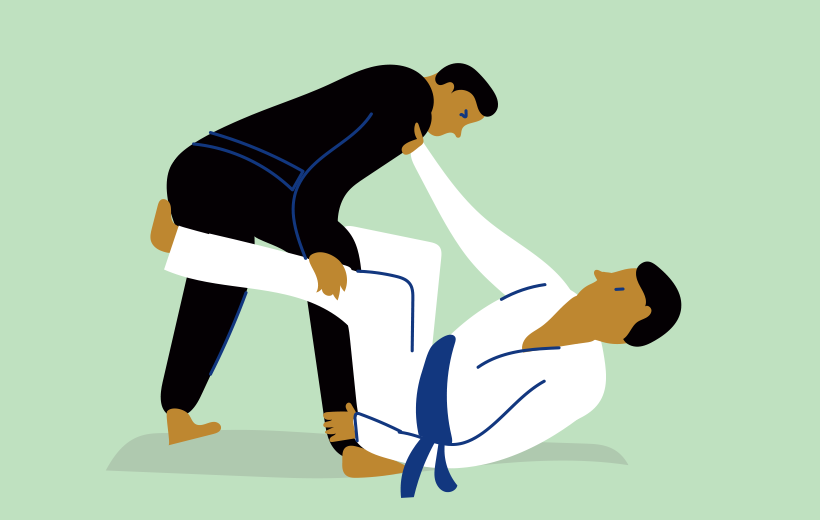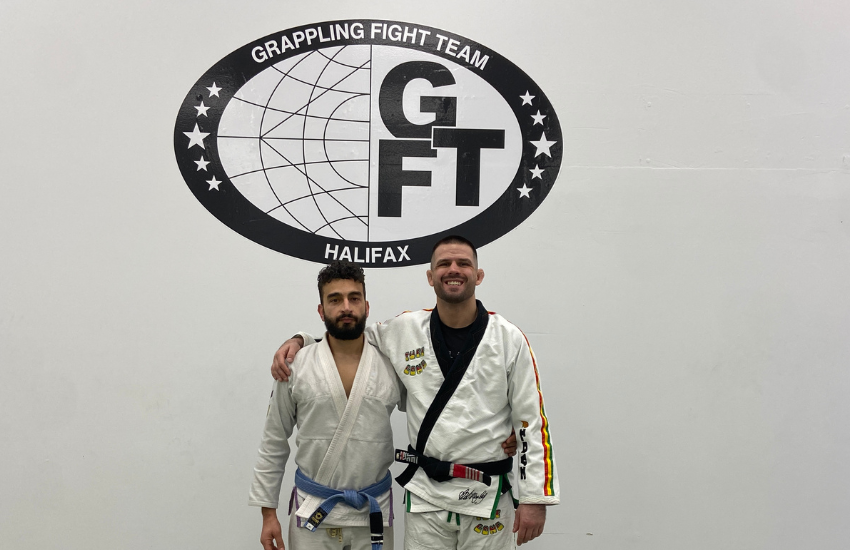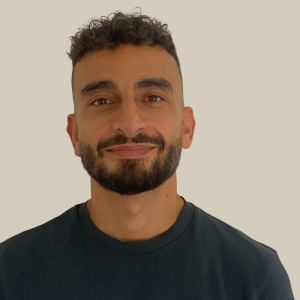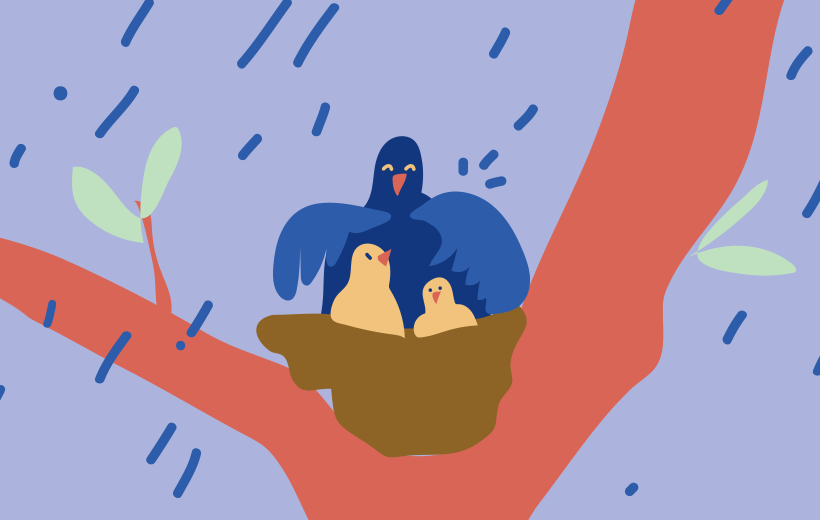On Suffering Well: The Discipline of Showing Up
By Chris Pacheco • 3 min read

I STUMBLED INTO MARTIAL ARTS the way some people stumble into therapy — desperate, broken, and carrying burdens difficult to articulate. At the time, I just knew I needed a way out from how I was living.
My training started with Boxing, Muay Thai, and Brazilian Jiu-Jitsu, and my motivation didn’t take long to show. I wasn’t there to learn, find wisdom, or grow. I wanted a way to fight without consequences — an outlet for the suffering I had within.
The first few months were humbling. Every mistake or lapse in focus had an immediate consequence: a takedown, a submission, and ultimately, a lesson. The energy of anger, frustration, and pain wasn’t enough to be effective. It needed to be harnessed, channeled, and put to good use.
As my training evolved, my focus narrowed to Brazilian Jiu-Jitsu. It’s where I’ve faced the biggest challenges, learned the hardest lessons, and experienced my greatest growth.
Brazilian Jiu-Jitsu was a mirror. The mats absorbed my suffering and reflected it to me. It showed me things about myself I hadn’t fully seen — my reactions under pressure, how I responded to defeat, and the efforts I would take to avoid discomfort. What started as an escape from suffering became a way to face it. And if I’m honest, there was something enjoyable about the punishment.
But martial arts isn’t about punishment, it’s about discipline and self-mastery. It’s not you versus an opponent, it’s you versus you. It’s trying to be better than you were yesterday. It’s about showing up, even when you don’t want to. Especially when you don’t want to. The same applies to living — just show up. But showing up, in this sense, is not a passive practice of simply going through the motions. It’s the ability to stay present despite challenges or setbacks and to face them directly, no matter the fight life puts in front of you.
Over time, Brazilian Jiu-Jitsu became a way to stay grounded in the present moment. Bowing before I stepped onto the mats, the chaotic atmosphere of competition, and the motion of tying my belt became reminders to focus on the task at hand. On the mats, there’s no past to regret or future to fear — only the breath, the movement, the moment.
When I started meditating, I noticed the same effect. Sitting on my cushion, finding my posture, and becoming aware of my thoughts and sensations were ways to ground myself, but it also felt like sparring. Only this time, I was grappling with a different opponent: my mind. This eventually led me into therapy, where I sought to make sense of all that was arising.
Martial arts, meditation, and therapy would become the foundation for my growth, and they worked together in ways I couldn’t have anticipated. Therapy gave me the language to name my suffering, meditation helped me observe it without judgment, and martial arts gave me the discipline to take action. Together, they guided me toward something bigger: self-actualization.
Self-actualization isn’t about perfection. It’s about becoming whole. It’s the courage to embrace your shadow, to integrate the fragments of yourself — your anger, your fears, and your vulnerabilities — in a way that allows you to show up fully in the world.
Because what’s the use of any practice if not applied to daily life? The goal is to get up from the cushion, step off the mats, or leave the therapy session a slightly better person, and apply that growth, for the benefit of all beings.
Buddhist wisdom says that life consists of suffering, but lasting strength is found in resilience. In knowing you can handle whatever comes your way. Not because you’re invincible, but because you’ve learned how to suffer well. And suffering well begins with facing yourself, by embracing the messy yet beautifully complex aspects of being human.
Now, years later, I still bow before stepping onto the mat. It’s a small act, a brief reminder that this journey is about showing up, and in that moment, in any moment, that’s all life asks of you.
Martial arts gave me more than a way to fight. It taught me how to live, how to suffer, and how to show up — with discipline, courage, and an open heart.

Chris Pacheco, Jake MacKenzie @ Jake MacKenzie School of Jiu Jitsu, GFT Halifax

Chris Pacheco is a writer, Soto Zen practitioner, and Brazilian Jiu-Jitsu blue belt, who strives to integrate lessons from the mats and the meditation cushion into daily life. As a content marketer for Tergar International, he shares insights on self-actualization to help himself and others cultivate greater awareness, compassion, and wisdom.
Learn meditation under the skillful guidance of world-renowned teacher Yongey Mingyur Rinpoche at your own pace.


It’s difficult for us to ascertain how our meditation practice is progressing but if we look outside of ourselves to how we relate to the world around us we will get some clues.

“Compassion has a support team and never stands alone. It is infused with awareness that allows our hearts to be open and steady. When we feel connected, kindness naturally arises. With wisdom, we can see what’s happening clearly; we don’t try to do the impossible but see what we can do to meet the situation.”…

“The approach and flying into Kathmandu along the edge of the Himalayas is spectacular,” Hughes said. This, along with Boudhanath, a Tibetan enclave in Kathmandu, are among his highlights.
If you enjoyed reading our articles, please join our mailing list and we’ll send you our news and latest pieces.